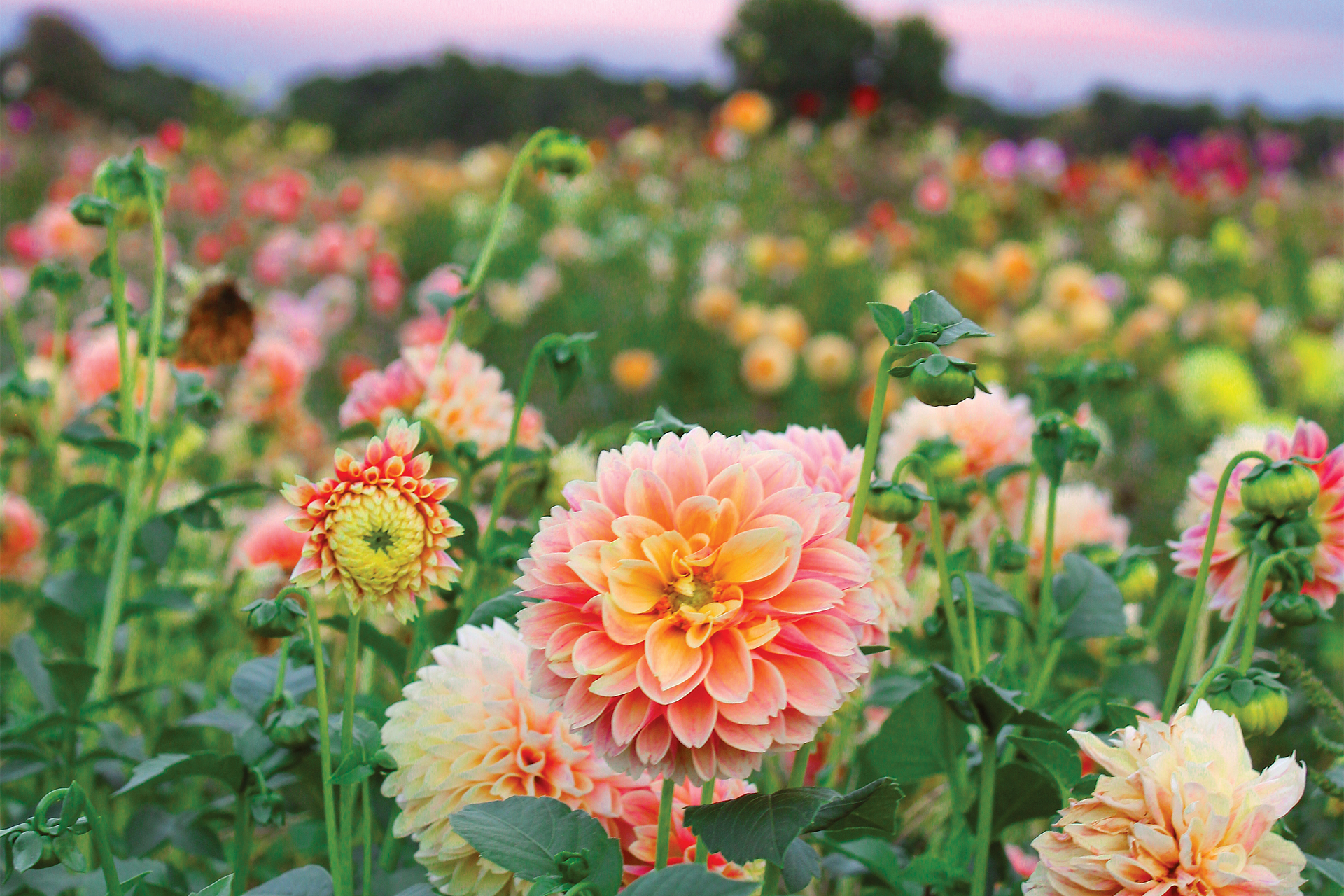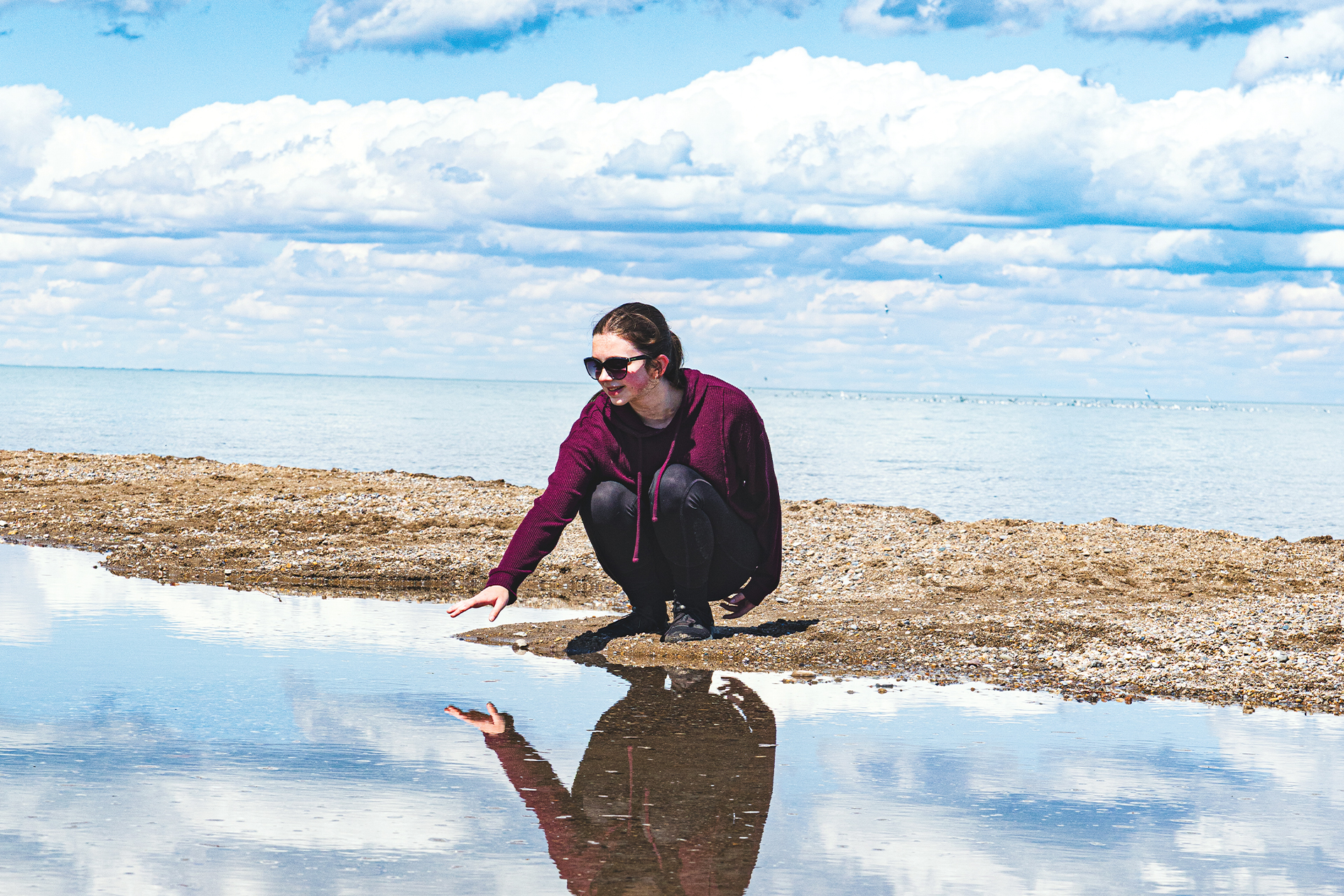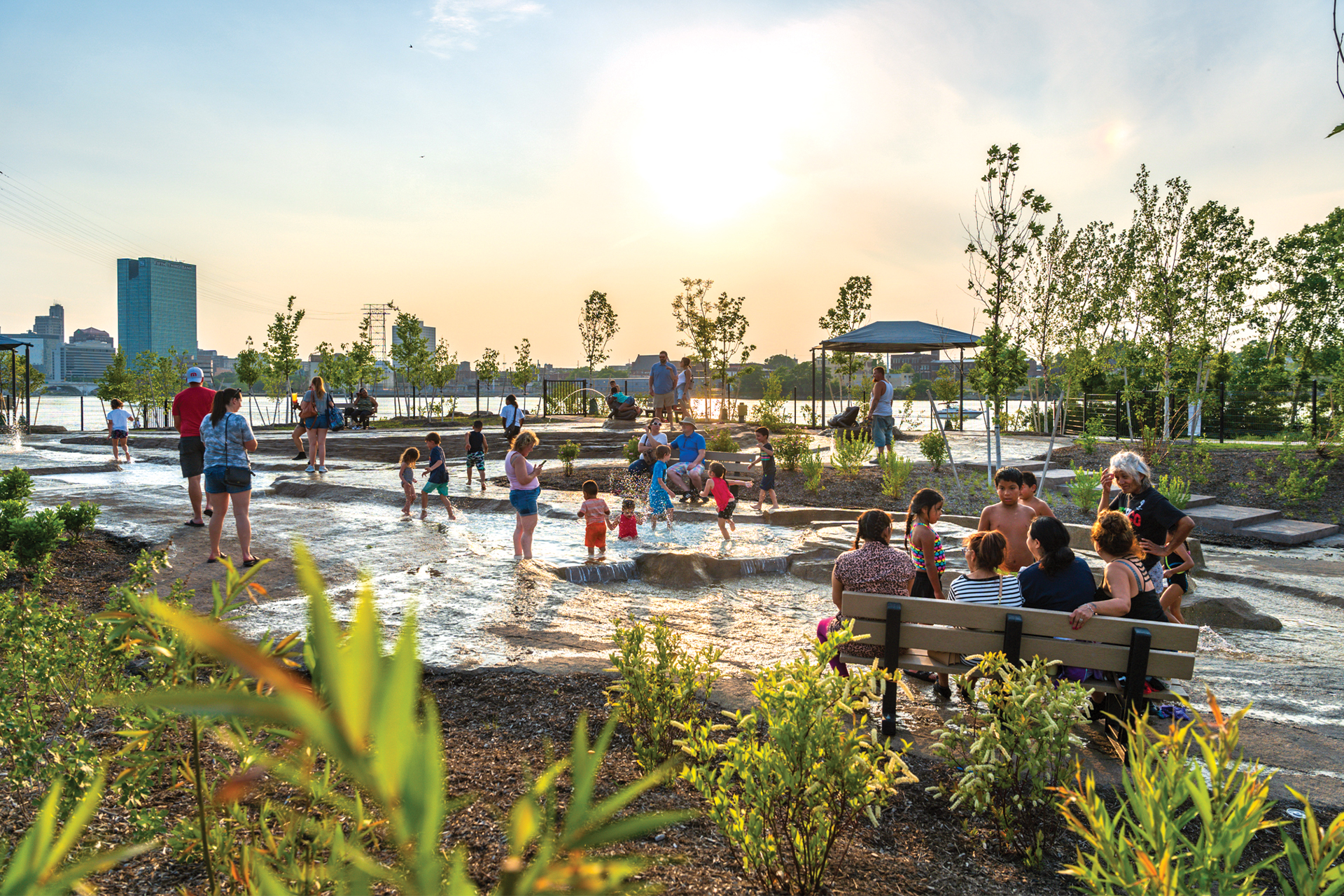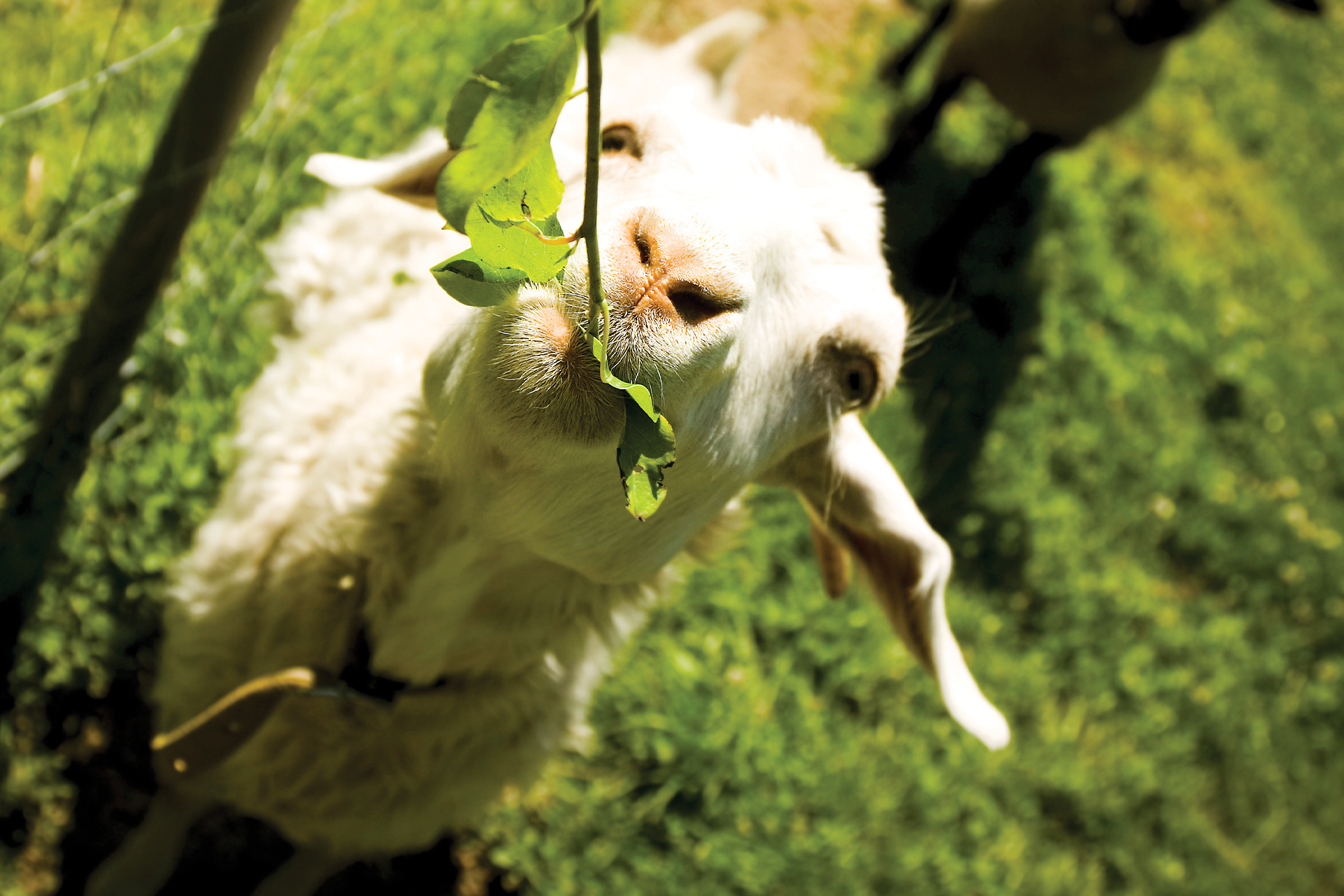Biggest Week in American Birding Lands on the Shores of Lake Erie
From May 9 through May 18, the shores of Lake Erie light up with millions of birds in flight — and thousands of people who gather to see them.

The Biggest Week in American Birding offers 10 days of some of the best birding in the world, including the tiny, colorful and very vocal warblers. Here, event organizer and Black Swamp Bird Observatory executive director Kimberly Kaufman shares why the shores of Lake Erie are so special.
About the Event: "There is a vast feathered parade that is winging its way to northwest Ohio right now. You can feel all the birds coming this way and all the birders that are following them. It's the biggest gathering of birders in the entire world. It's a massive event."
About the Black Swamp Bird Observatory: "For more than 30 years our research staff has been working to study birds. We set up nets, they capture the birds, they do bird-banding research and that data set provides information for land managers and property owners about the needs of migratory birds when they're here. It's very important work."
Our Kids: "We also have a commitment to keeping young people involved with natural resources, disconnecting them from devices and keeping them connected to the joy and wonder of birds because we all know they are going to inherit these lands. They will be the stewards of these habitats in the future."
From Everywhere: "Birders from all over the world will transform northwest Ohio. It becomes a tremendous melting pot with people from all walks of life coming together unified by their common love of birds. It's just the most wonderful thing to be part of and it's great for northwest Ohio."
On Birders: "Even if you're not interested in birds — and you should all be interested in birds — it's a great opportunity to come meet people from all over the world. But not just people, some of the happiest and nicest people. So if you're interested in getting started in birding, if you go onto that boardwalk [in Magee Marsh Wildlife area] you will see and have help identifying every bird's that out there because birders are the kindest community I've ever met. "
Warbler Love: "More than 300 species of birds have been documented in this region, but it's these birds, the warblers, these small colorful little birds that anywhere else in their life cycle these birds are so difficult to see. In their wintering grounds, they're dispersed out over large areas of habitat and they tend to be up in the tree tops. The same with their breeding grounds in the north. But when they pass through here you can see these beautiful intensely alive little birds better than anywhere else."
Perfect Conditions: "The couple of things that make it such a suburb experience, typically the weather is changing, so it's a shifting event, birds are coming through before the full leaf out so you can see the birds really well. It's early enough that there are no biting insects like flies and mosquitoes and that doesn't happen on the gulf coast of Texas where you can see a lot of birds but you have to fight the bugs."
The Song: "By the time the birds get this far north, the males are singing. It's close enough to the breeding season that not only do you have these colorful little birds that are intensely alive but you also have the song of birds. That symphony of sound that surrounds you when you're out there. All of those things are unique to northwest Ohio."
Tagline: "If we can be the walleye capital of the world, we can be the warbler capital of the world too."
Growing!: "In 2010, we launched The Biggest Week in American Birding and, within four years, it was the biggest birding festival in the entire country. More than 90,000 birders travel to northwest Ohio each year just to look at our birds when they're here. We've had birders register for the event from every state and more than 50 countries and six continents. I always joke that if you know someone who's a permanent resident of Antarctica and you can get them to register for the festival, we'd really appreciate it."
The Journey: "The adults don't show the young the way, they hatch out with the instinct of not only knowing when to go, but where to go. It's just the most incredible thing. And they navigate using celestial navigation. They just have this inner instinct to follow the star patterns to orient north and south."
Stopping Here: "If you were a small bird that weighs less than an ounce and you don't swim, before you cross a big body of water you want to be at your energetic best. So as birds are coming in to the edge of the lake, they drop down into the habitat to feed on insects. That's their fuel to power them across Lake Erie."
The Path: "The other reason they're here is what we call the funneling effect. There are three main migratory routes that songbirds are following north. All three of those routes converge here and it bring massive numbers of birds and great diversity all coming together to pass right through northwest Ohio."
The future: "We have to protect this habitat that keeps the birds coming and keeps the birders coming. You hear a lot about habitat conservation. Conserving forest and marshes and streams, but what you never hear about is conserving the air column. And when you think about it, birds spend the majority of their lives on the wing and in the air. We have to keep the passage safe. It's a great place for a lot of things, but it's not a great place for tall poles with spinning blades. Wind turbines would be catastrophic for bird migration here. Wine turbines are just not the right renewable energy."
Want more Lake Erie in your life? Subscribe to our free The Splash newsletter. It’s your guide to the best food, drinks, parks, beaches, shopping, festivals, music and more. Click here to subscribe.
Story:
Colleen Smitek
2023 Travel Guide






